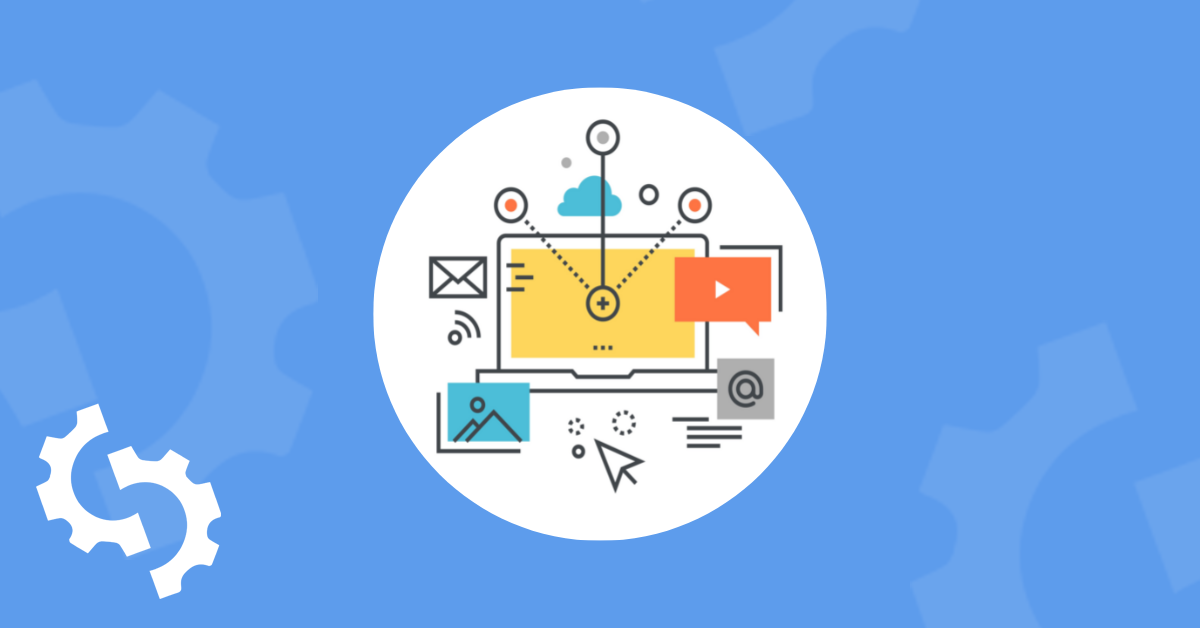
As people spend more and more time in front of screens, digital marketing has become the most important tool to reach customers in an effective way.
Digital marketing targets users of all kinds of electronic devices ranging from desktop computers to smartphones. To successfully promote a business online and engage an audience, you need to make use of various types of digital marketing.
In this article, you will learn about the 11 best types of digital marketing so that you can make an informed decision about which to include in your overall marketing strategy.
We also discuss the pros and cons of each type of digital marketing so that you can make an informed decision about which to include in your digital marketing strategy.
What is Digital Marketing?
But first, let’s answer the question, “What is digital marketing?”
Digital marketing is an area of marketing that focuses on promoting a business or brand via various online channels. Like any other form of marketing, digital marketing aims to increase brand awareness and sales.
Importance of Digital Marketing in the Digital Age
These days, merely having a website is not enough if you want to get qualified leads.
You also need to be visible on as many types of digital marketing platforms as possible, from search engines to social media sites and video platforms. If your business doesn’t have any online presence on at least 2 digital platforms, then you’re missing out on a big opportunity to reach your target audience.
To build a successful online or local business and stand out from the crowd, you need a comprehensive digital strategy based on a thorough market study, in-depth business analysis, and constant feedback.
Types of Digital Marketing
Ideally, you should use a mix of different types of digital marketing in order to reach your audience through the various channels that they are using.
In this article, we have collected the most commonly used types of digital marketing that can help you achieve the highest success rate. They are as follows:
-
- Search engine optimization (SEO)
- Search engine marketing (SEM)
- Social media marketing (SMM)
- Content marketing
- Email marketing
- Online advertising
- Landing page marketing
- Smartphone marketing
- Affiliate marketing
- Viral marketing
- Video marketing
Search Engine Optimization (SEO)
Search engine optimization (SEO) is probably the first thing that comes to mind when people think about the different types of digital marketing. And if your business has a website (which it likely does), then SEO should be a focus area of your digital marketing strategy.
Online businesses basically live at the mercy of Google, Bing, Yahoo, and other search engines as ranking first translates to capturing 39.8% of all organic clicks.
If you are doing SEO right you can attract significant organic traffic that is highly targeted to your website. But don’t think this is only applicable to online businesses, even local businesses can increase online awareness by prioritizing local SEO.
The goal of SEO is to optimize content and a website in a way that makes it appear among the first results on a search engine results page (SERP).

There are several methods you can use to rank high on a SERP, such as creating backlinks, ensuring on-page SEO is properly performed, or optimizing website content for specific keywords.
The most challenging thing about SEO is to constantly follow the changes in search engine algorithms and update your strategy and methods accordingly.
SEO is essential for any website, as nowadays every business optimizes its content for search engines. Without SEO, it’s basically impossible to stay competitive in a market.
Pros of Search Engine Optimization
- It’s more cost-effective than PPC or social media ads, especially in the long run.
- Traffic is targeted consisting of people interested in the topic, products, or services your page is about.
- It can increase online brand visibility, especially if your website is frequently ranking for various search terms.
Cons of Search Engine Optimization
- Results are not immediate and you will likely not see an increase in website traffic immediately.
- It takes skill to perfect your website’s SEO.
- You constantly need to monitor Google’s ever-changing search engine best practices to ensure your website is compliant.
Search Engine Marketing (SEM)
SEO is not the only way to increase incoming traffic from search engines. Search engine marketing (SEM) makes it possible to advertise a product or website in search engines and make it appear among paid search results.
Search engines usually display paid results above organic results on SERPs. They almost look the same as organic results with only small differences in appearance, for instance, Google shows a small “Ad” label next to the related URL.
On the screenshot below, you can see the paid search results for the “web hosting” search query:
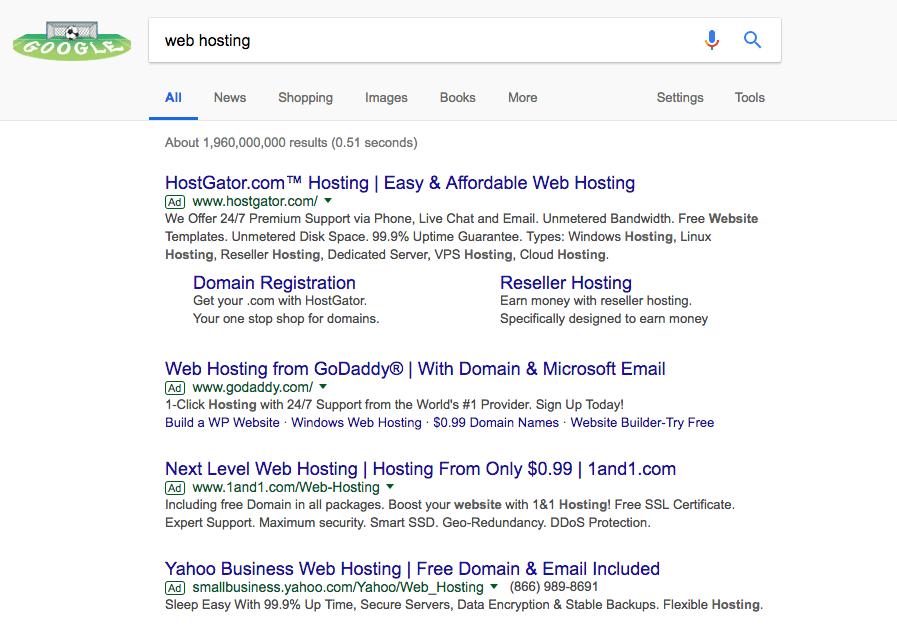
The most frequently used paid search services are Google AdWords and Bing Ads. They allow you to buy ad space based on target keywords, location, viewer demographics, and other data.
Search engine marketing is a pretty effective method, as search engines only show your ad to the audience you want to target.
In most cases, you need to pay for SEM results according to a cost-per-click (CPC) advertising model, meaning you are only charged when someone clicks your ad.
Pros of Search Engine Marketing
- You can get traffic from the moment your ads are live.
- SEM gives you the ability to target very specific users, meaning an optimized PPC campaign can yield impressive results.
Cons of Search Engine Marketing
- It can get very expensive if you don’t keep an eye on your campaign budget.
- It also takes a certain skill set to optimize ads, especially if you’re targeting multiple keywords and multiple ad groups.
- Some people are suspicious of ads on the search engine results page and trust the organic search results instead.
Social Media Marketing (SMM)
Social media is not simply a way for people to keep in touch with their friends and family, get the latest news, or follow topics they are interested in, but a marketing channel that should be used by businesses too.
Without a doubt, social media is the queen of 21st-century digital content. Because of this, it’s one of the most important types of digital marketing you need to focus on—especially if you want to promote a business-to-consumer (B2C) business.
There are a plethora of social media platforms you can choose from, such as Facebook, Twitter, LinkedIn, Instagram, and many others. You need to find the ones that are relevant to the niche you target and promote your business there.
Sharing quality content on social media sites is an excellent way to engage viewers and position a brand as an authority in a specific niche.
It’s also important to place social sharing buttons below each blog post and content page so that visitors can share it across their network.
In addition, every social media platform offers different solutions for organic and paid advertising. Paid Twitter and Facebook ads, hashtag campaigns, and influencer marketing are among the most popular methods of social media marketing.
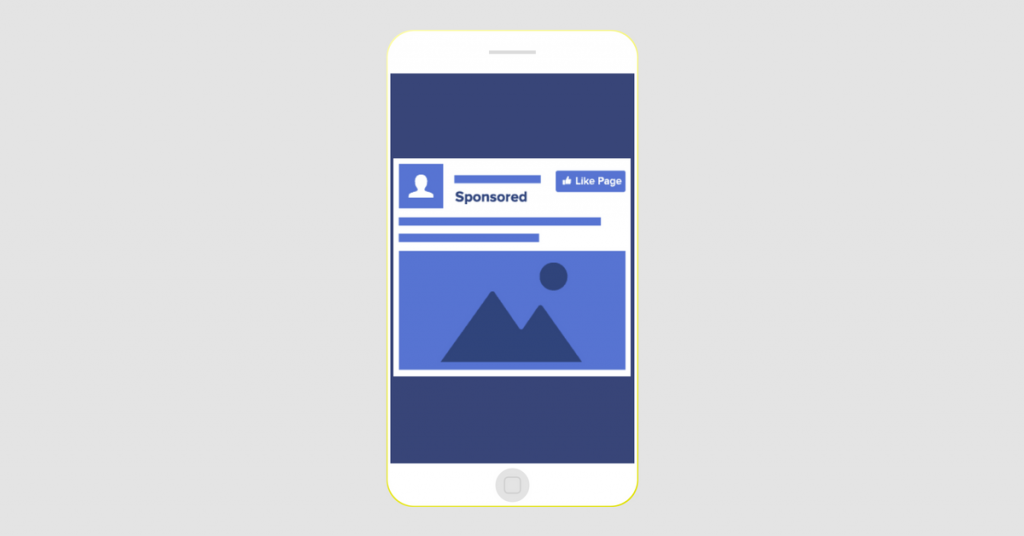
Pros of Social Media Marketing
- A lot of the social media platforms such as Facebook and Instagram give advertisers the ability to target very specific individuals.
- Ads can go viral if people like your content.
Cons of Social Media Marketing
- There’s a lot of competition making it difficult to reach your target audience at a cost-effective rate.
- Like Google, social media algorithms and advertising rules are constantly changing, making it difficult to stay up to date with the latest best practices.
Content Marketing
Content marketing is another type of digital marketing you can use to promote a business online.
In fact, content marketing is an indirect way of marketing and goes hand-in-hand with SEO. Content marketing focuses on publishing content that your audience finds naturally while browsing the web.
The main goal of content marketing is to make viewers interact with the content by reading, sharing, and commenting on it.
You can use it together with other types of digital marketing such as SEO or SEM as well. For instance, you can build content around targeted keywords in order to achieve an optimal result.
High-quality content also allows you to persuade an audience about the expertise of a business in a certain niche. Gaining the trust of customers is one of the most important long-term goals of digital marketing.
Content marketing is about publishing shareable content either in the form of blog posts, white papers, reports, webinars, or guest blogging in popular publications in the same niche.
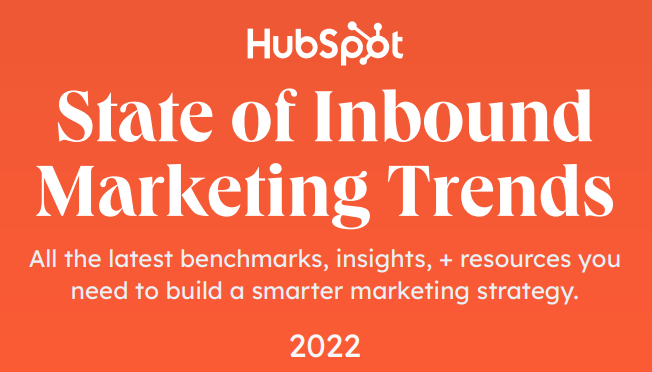
Pros of Content Marketing
- Content marketing is free if you're producing the content yourself.
- You can reuse various elements of your already existing content on other platforms. For example, you can use blog post snippets as posts on your Twitter profile.
- It gives website owners the ability to educate and entertain their audiences.
Cons of Content Marketing
- Like with SEO, content marketing can take time to yield results for your business.
- For content marketing to be effective, you need to ensure that it meets a certain standard of quality.
- If you’re producing content at scale, you’ll need to hire a content creator or outsource it, this can be expensive.
Email Marketing
Email marketing is a different kind of engagement since you connect with customers within their own mailboxes.
Although email marketing is one of the oldest types of digital marketing, it’s still very successful. It’s an excellent way to increase brand loyalty and upsell to existing customers.
According to the Radicati market research group’s latest email statistics report (2018-2022), the number of emails sent and received per day by businesses is still growing, at an average rate of 4.3%.
There are many different ways you can reach out to customers through email marketing. Other than creating newsletter campaigns, you can send them confirmation emails, thank-you emails, and email notifications about product updates.
If you promote a local business, event invitations are also an excellent way to engage the local audience.
These days there are many awesome tools you can use to run professional email campaigns, from marketing automation platforms such as MailChimp to newsletter plugins for popular content management platforms like WordPress.
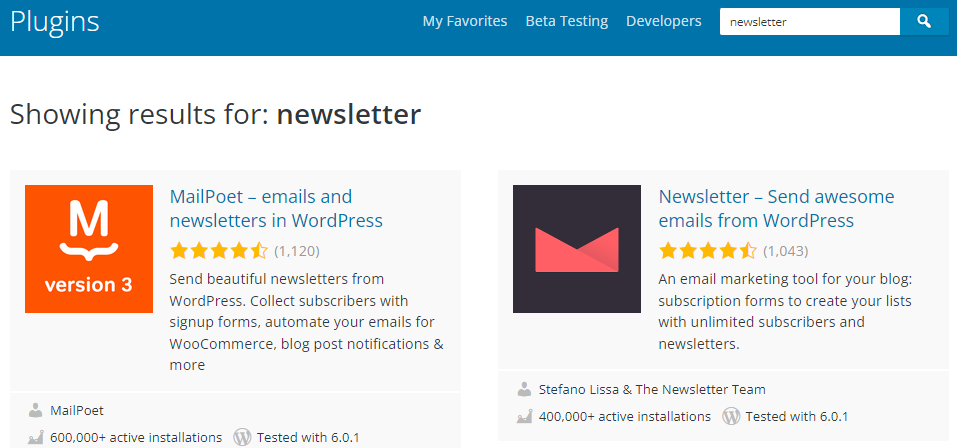
Pros of Email Marketing
- The results of email marketing won’t get impacted by changing algorithms or advertising rules.
- Once you’ve built an email list, you can get your message to subscribers without having to pay. Email marketing yields a high ROI.
- Email marketing gives marketers the ability to build a real relationship with subscribers. Especially if open rates and click-through rates are high.
Cons of Email Marketing
- If your subscribers don’t value your content, then you’ll likely have high unsubscribe rates.
- You’re competing with other businesses in your recipients’ inboxes.
Online Advertising
Digital marketers have been using online advertising since the first days of the web. Displaying banners or ads on other websites belonging to the same niche is one of the most common types of digital marketing.
You can use online platforms such as Google AdSense which allows you to automatically serve ads on other content sites. Ad networks usually let you configure the parameters of the sites your ads appear on based on keywords, location, audience demographics, and other data.

Bigger online magazines frequently have their own advertising departments as well. It can also be a good idea to contact them and buy ad space on their website.
Some niche magazines, such as A List Apart web design magazine, also have sponsorship programs that allow you to feature a brand, logo, and other visuals on their platform for a certain period of time (usually a week).
Pros of Online Advertising
- You can reach a big audience of individuals interested in a common topic. For instance, if you’re advertising on a blog about how to invest, the blog’s audience is likely to be interested in financial products.
- There are no changes in algorithms or advertising rules when advertising on blogs, job boards, forums, etc.
Cons of Online Advertising
- Marketers don’t have access to advanced targeting features as with social media marketing or PPC.
- Some websites charge a lot of money for advertising space.
Landing Page Marketing
Targeted landing pages can work excellently with other types of digital marketing and increase conversion rates significantly.
In the broader sense, a landing page is any web page on which visitors first land when they arrive at a website. In this sense, home pages frequently function as landing pages as well. However, many brands create specific landing pages for their marketing campaigns, too.
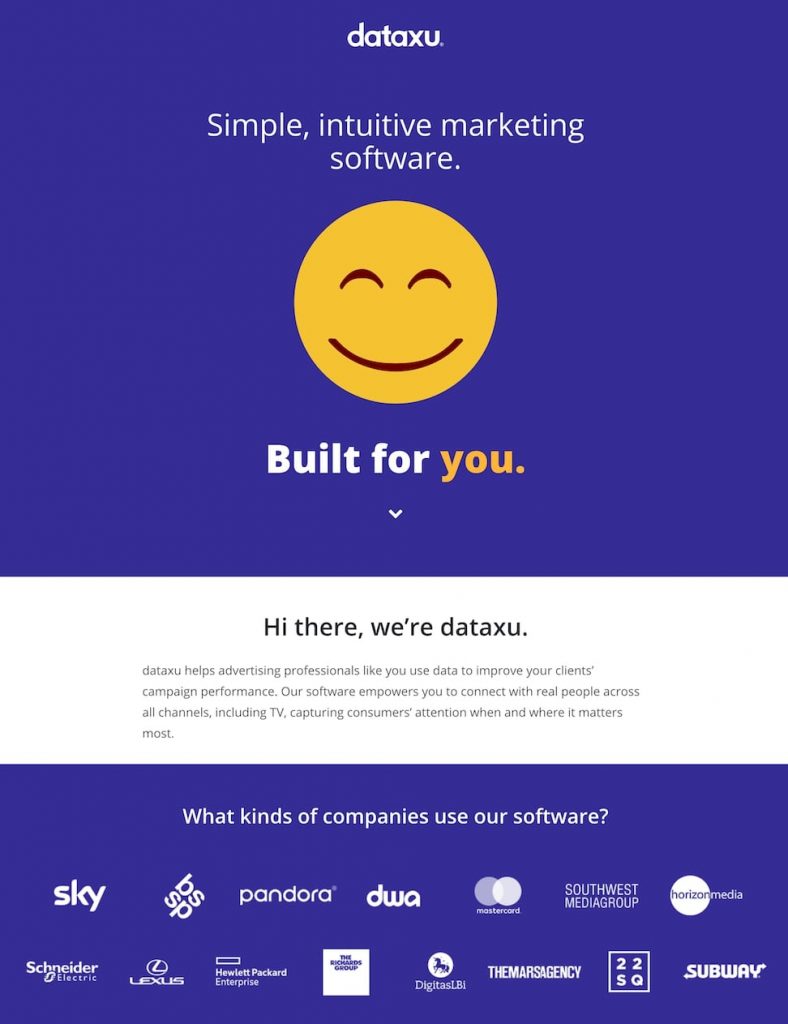
Digital marketers link landing pages to ads displayed as banners on other websites or appearing on search engine result pages. Thus, when users click an ad they are directed right to the landing page designed for the specific marketing campaign.
There are several tricks you can use to create a converting landing page such as eye-catching headlines, a clean and mobile-friendly design, and highly visible call-to-action buttons.
Below, you can see the landing page of the Slack messaging app on which you can see all the necessary elements of a well-performing landing page:
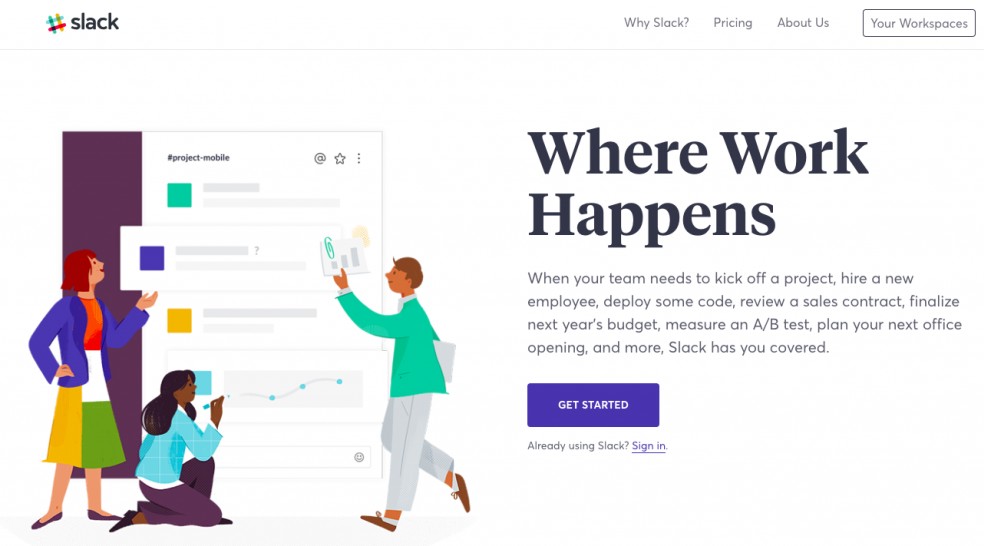
Pros of Landing Page Marketing
- Landing page marketing is very effective if you want to generate new leads.
- This type of digital marketing can be used along with SEO, SEM, and social media marketing.
- You can create a unique buying experience through the use of landing page marketing.
Cons of Landing Page Marketing
- It takes a lot of skill and trial and error to perfect.
- If you’re using paid advertising to direct traffic to landing pages, then it can get quite costly.
Smartphone Marketing
People use their smartphones all the time, and because of this smartphone marketing is also among the most important types of digital marketing. This is especially true if your target audience is the younger generation.
Marketers have many options to reach their target prospects through smartphone marketing. According to Labs Mobile, text messages have a 94% global average open rate and a click-through rate (CTR) of 19%.
As a result, smartphone marketing is an incredible opportunity to promote a business online and is probably one of the most effective types of digital marketing.

Image source: CleverTap
Besides sending text messages to subscribers, you can further engage an audience by providing them with free mobile apps for Android and iOS devices.
Your app can also perform specific actions that increase visibility. For instance, it can send users real-time push notifications that appear on their smartphones when new content is available on the website.
Popular messaging platforms such as Messenger and Telegram also allow you to create marketing bots with which you can acquire new customers in a human-centered way.
Pros of Smartphone Marketing
- With such a high open rate and click-through rate, mobile marketing can yield significant results.
- Marketers are able to reach audiences on the devices that they spend most of their time on.
Cons of Smartphone Marketing
- Advertisers are quite limited to who they can target with smartphone marketing.
- It can be very costly if you’re building a mobile app that users can download and install on their smartphones.
Affiliate Marketing
Affiliate marketing makes it possible to reduce your marketing workload by outsourcing it to external service providers.
With affiliate marketing, you only pay for conversions, after an affiliate closed a deal and the customer purchased the product.
Affiliate marketers do all the related marketing activities from banner placements to landing pages. The best thing about affiliate marketing is that it has no upfront cost and you can decide on the terms and rates you pay to the affiliates.
The most notable online affiliate program is Amazon Associates which lets anyone promote Amazon’s products and earn a commission after someone has successfully purchased a product using their affiliate link.

Smaller businesses can also make use of affiliate programs—it’s an especially popular type of digital marketing in the tech sector.
However, you should only start an affiliate program if you have the means to properly monitor and educate the affiliates.
Pros of Affiliate Marketing
- You get access to another creator’s audience. This is especially helpful if you’re able to get affiliates with large audiences.
- You only have to pay once the affiliate has successfully generated a sale.
Cons of Affiliate Mark
- Managing influencers can be a challenge, especially if you’ve got hundreds of affiliates.
- If affiliates are creating content in the form of blog articles or videos, they could end up competing with your site’s content in the Google and YouTube search results.
Viral Marketing
Viral marketing makes use of all types of digital marketing mentioned in this article. The essence of viral marketing is to create a post, video, meme, or another short-form content type that spreads across the web like a virus.
To make a successful viral marketing campaign, you need to promote the same content across multiple channels such as Twitter, Youtube, blog posts, and email newsletters over a short period of time.
Additionally, you need to create something such as a video or graphic that will get people to notice your message and share it with their contacts.
Pros of Viral Marketing
- If you’re able to get something to go viral, your brand’s online awareness jumps through the roof. It’s very easy to become a household name if everyone on the internet talks about or shares your content.
Cons of Viral Marketing
- Getting something to go viral is extremely difficult.
- Results can be challenging to measure.
- If your marketing message offends a certain group of people, then it can actually result in negative word of mouth.
Video Marketing
The last type of digital marketing that we’re going to discuss is video marketing. Video marketing goes hand-in-hand with content marketing, and can therefore be classified as one of its subcategories.
However, we’ve decided to give video marketing its own spot since it is so effective and popular.
Video marketing is the act of promoting a business's products or services and educating consumers about a brand via various video platforms such as YouTube, Vimeo, Twitch, etc.

Pros of Video Marketing
- Video content is a lot more entertaining and memorable than text. Marketers are able to leave a lasting impression on viewers.
- Video marketing gives marketers the ability to create visually appealing marketing messages to depict a brand.
Cons of Video Marketing
- It takes a lot of time and money to produce high-quality video content.
- If you’re starting out, it will take a significant amount of time before your content will get noticed on platforms such as YouTube.
Conclusion
To reach the best business results, you need to decide which types of digital marketing you want to use.
There are some types you should use anyway such as search engine optimization and social media marketing, while others depend on the industry.
When you plan the types of digital marketing you will use, don’t only think about software but also hardware. If the target audience uses a certain type of device you need a presence on that kind of device as well.
Also, gather as much feedback from existing customers as you can, as there’s no better way to build trust and engage them on a personal level.










